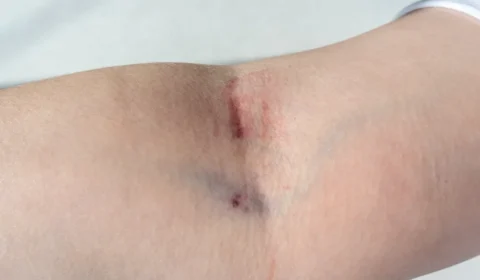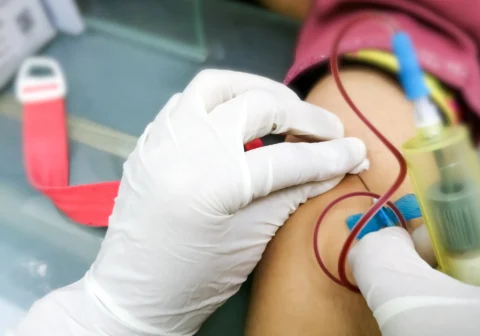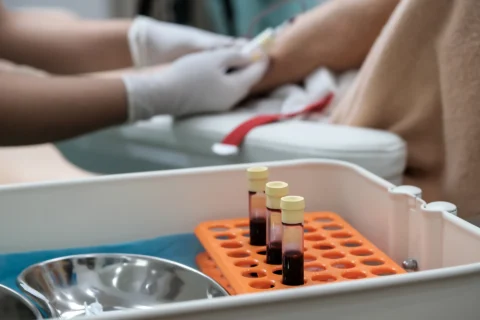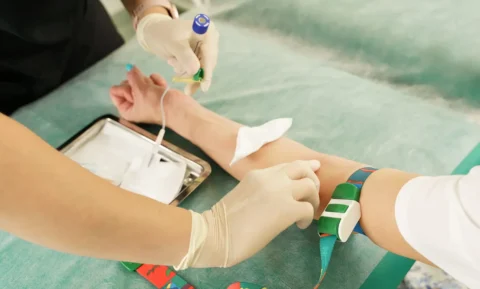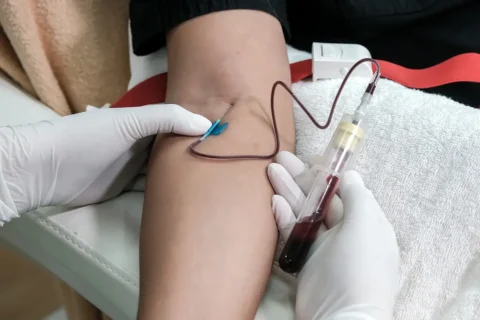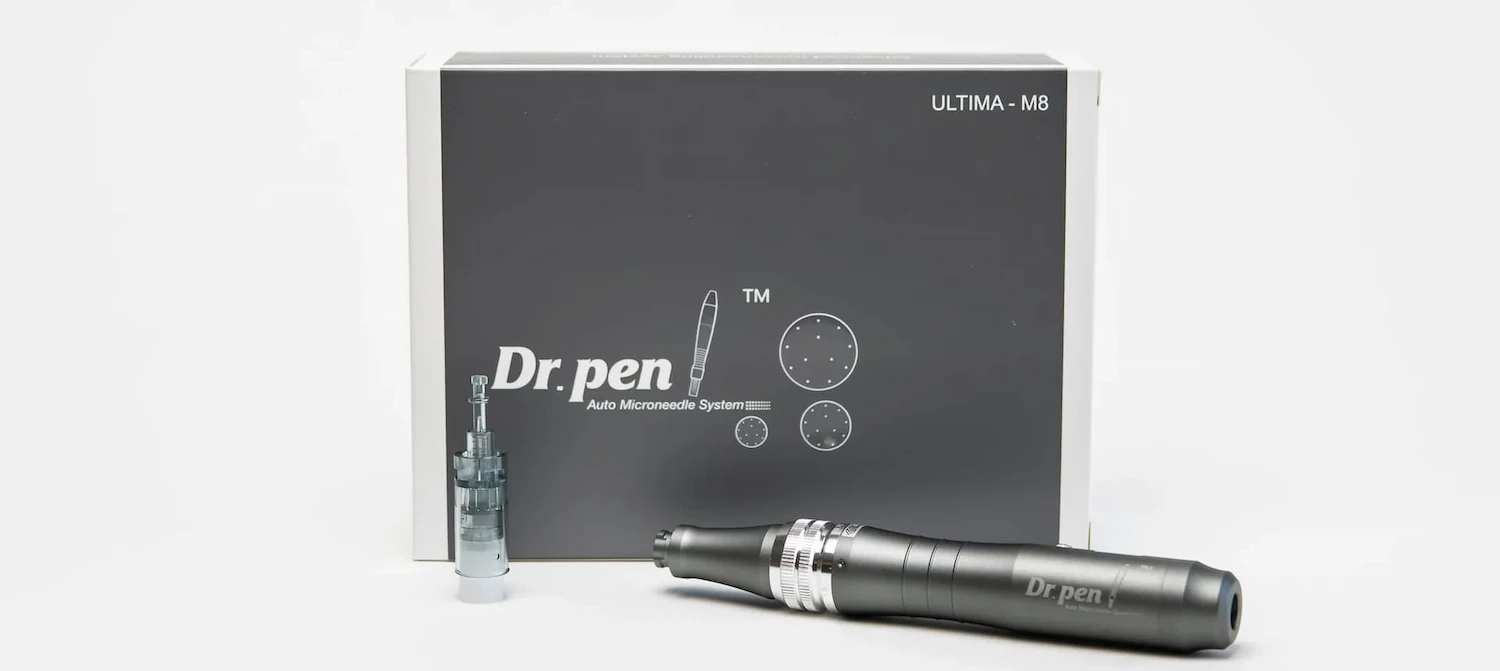Plastic surgery isn’t the only way to make tweaks and improvements to the face to achieve a youthful appearance. With the advancements in aesthetic medicine, many practitioners can now offer non-surgical procedures to help patients minimize the signs of aging on their skin. If you’re planning to offer aesthetic treatments in your practice, it’s essential to have basic knowledge and training about the different kinds of procedures.
So what should you know about facial aesthetics training? With an introductory course to facial aesthetics, you can expect to learn about facial anatomy so you can safely administer the treatment and lessen the risk of serious side effects. You’ll also learn about the most popular facial treatments and know the skill and advanced techniques you’d need in your aesthetic practice.
A Beginner’s Guide to Facial Aesthetics
Aging and sun exposure can all contribute to the appearance of pesky wrinkles, fine lines, and pigmentation issues. Loss of collagen can also lead to more prominent sagging skin and cause the face to lose its firmness and plumpness. Fortunately, the practice of facial aesthetics can solve most of these skin problems and help patients restore their natural beauty.
What’s the Purpose of Aesthetic Medicine and Training?
In an introductory course to facial aesthetics, you’d learn that it’s a broad term that refers to different non-surgical and minimally invasive treatments that can enhance the face. It includes a wide variety of procedures including neurotoxins, dermal filler injectables, peels, thread lifts, laser treatments, and microneedling.
Although aesthetic medicine is a relatively new trend, its popularity has increased rapidly due to the high demand of patients to improve their facial features and hide the consequences of the aging process. In a global report, it’s estimated that the market for aesthetic medicine will grow at a rate of 9.6% and reach about USD 145.7 billion by 2030.
To keep up with the increasing demand for facial aesthetic treatments, med spas and cosmetic clinics need to train in the best practices so they can offer exceptional services to their patients. Nowadays, there are many workshops and online video courses about the basics of facial aesthetics.
Why It’s Important to Understand the Facial Anatomy for Aesthetic Treatments
One of the necessary topics in a facial aesthetic training course is the study of facial anatomy. Aside from having a good injection technique, a big part of safe and successful aesthetic treatments is knowing the facial structure of your patient. This is especially important to know if you are planning to offer Botox and dermal filler injections in your aesthetic practice.
When injecting Botox or fillers, it’s important to preserve as much of the natural facial expressions and movements of the patients. Having an understanding of the facial anatomy can help determine which specific muscles should be injected without affecting the surrounding muscles and nerves and risking a possible complication. Additionally, it can help you provide more natural-looking results for your patient.
Who Can Perform Facial Aesthetic Procedures?
Anyone with extensive training and background in medical aesthetics can administer facial aesthetic treatments. This practice isn’t limited to dermatologists and plastic surgeons and can be done by other aesthetic and medical practitioners such as:
- Registered Nurse Practitioner: Registered nurses are part of an aesthetic staff and they usually assist in performing cosmetic procedures. They can also become licensed injectors if they receive certification in Botox or dermal filler training.
- Physician Assistant: There are several states that allow physician assistants to administer injections but only under the supervision of a certified medical doctor. Check the rules of your state if it allows PAs to provide injections and enroll them in a specialized dermal filler or Botox training course.
- Licensed Healthcare Professionals or Medical Doctors: As long as you have undergone certification training for Botox and dermal fillers, you can perform injections regardless of your medical specialization.
5 Common Facial Aesthetic Treatments
There are several types of facial rejuvenation procedures but here are some of the most common procedures that have been in demand over the past years:
1) Botulinum Toxin Injections
According to a report, Botox injections are one of the top performed procedures, with over 5 million treatments done worldwide in 2020. As a cosmetic injection, Botox works by freezing or relaxing the facial muscles which smooths out the visible facial wrinkles and fine lines. It’s important to have advanced Botox training so you know the ideal injection sites for each type of skin concern.
At FACE Med Store, we offer Facial Neuromodulator Injections Course that covers the different injection techniques, dilution protocols, pharmacology, and management of complications. This is a simple training course that is suitable for nurse practitioners, aesthetic physicians, and physician assistants.
2) Dermal Fillers
Another popular facial aesthetic treatment is dermal filler injections. This procedure involves the injections of soft gel materials that can help fill in wrinkles and restore volume to improve the plumpness of the skin. In a dermal filler course, you’ll learn the common treatment areas where you can place the injectables including the cheeks, around the mouth, lips, and forehead.
A dermal filler treatment can also vary according to the composition of the injectable product. Hyaluronic acid is the most common formulation of dermal filler injections but they usually last for 6 to 12 months. For longer-lasting results, you may consider PLLA or calcium hydroxylapatite (CaHa) fillers.
3) Microneedling
Also known as collagen induction therapy, this non-surgical treatment uses tiny needles to create controlled micro injuries on the skin surface. This procedure will trigger the body’s wound healing response and increase collagen production in the treatment area. This treatment can address different concerns including acne scarring, uneven skin tone, pigmentation, and wrinkles.
4) Laser Skin Resurfacing
This treatment is also known as photorejuvenation and it involves the use of laser energy to reduce the signs of sun damage on the skin. It commonly treats age spots, sun spots, pigmentation, redness, dull complexion, and other skin lesions. It can also stimulate new collagen growth to help smoothen and tighten the skin.
5) Chemical Peel
Peels are a great way to exfoliate dead skin cells and remove the layer of dull and damaged skin. This facial rejuvenation procedure can boost new skin cell growth and increase collagen production to eliminate your blemishes and improve overall tone and texture. The results of chemical peels can vary on the strength of the solution and its penetration depth.
How to Ensure Safety and Success of Facial Aesthetic Treatments
In addition to having sufficient facial aesthetics training, there are also standard treatment protocols that you need to follow to assure proper procedures. Here are some of the essential reminders for your facial aesthetic practice:
- Use clean and sterile injection tools to avoid infections and other adverse side effects.
- Avoid overdosing or injecting too many Botox units, and follow the guidelines on proper dosage.
- Make sure to analyze the patient’s facial anatomy and determine the injection sites before administering the treatment.
- Use a local anesthetic to numb the treatment areas to manage the patient’s discomfort during the procedure.
- Provide a list of aftercare instructions to help patients recover after the treatment.
- Always follow up with your patient and do maintenance treatments if needed to achieve their desired outcomes.
Shop Educational Video Courses for Facial Aesthetics at FACE Med Store
Facial aesthetic treatments are a safe and non-invasive solution for improving skin appearance and reversing the effects of aging. They’re a good addition to any med spa and cosmetic practice since a lot of people today are considering getting aesthetic procedures instead of invasive plastic surgeries.
Equip your staff with the best techniques and knowledge in facial aesthetics with the help of video training courses. At FACE Med Store, we offer educational modules on facial aesthetics and injections. We’re also a trusted provider of high-quality medical tools and supplies that you’d need to perform different treatments. Call us today to inquire about our stocks and learn more about what we can offer for your business.
